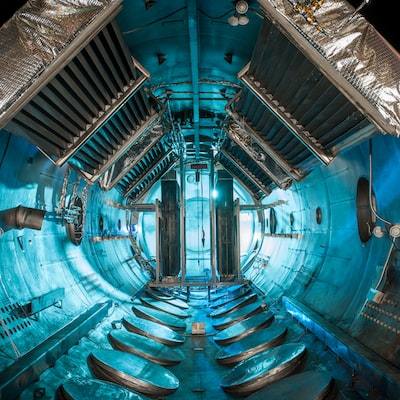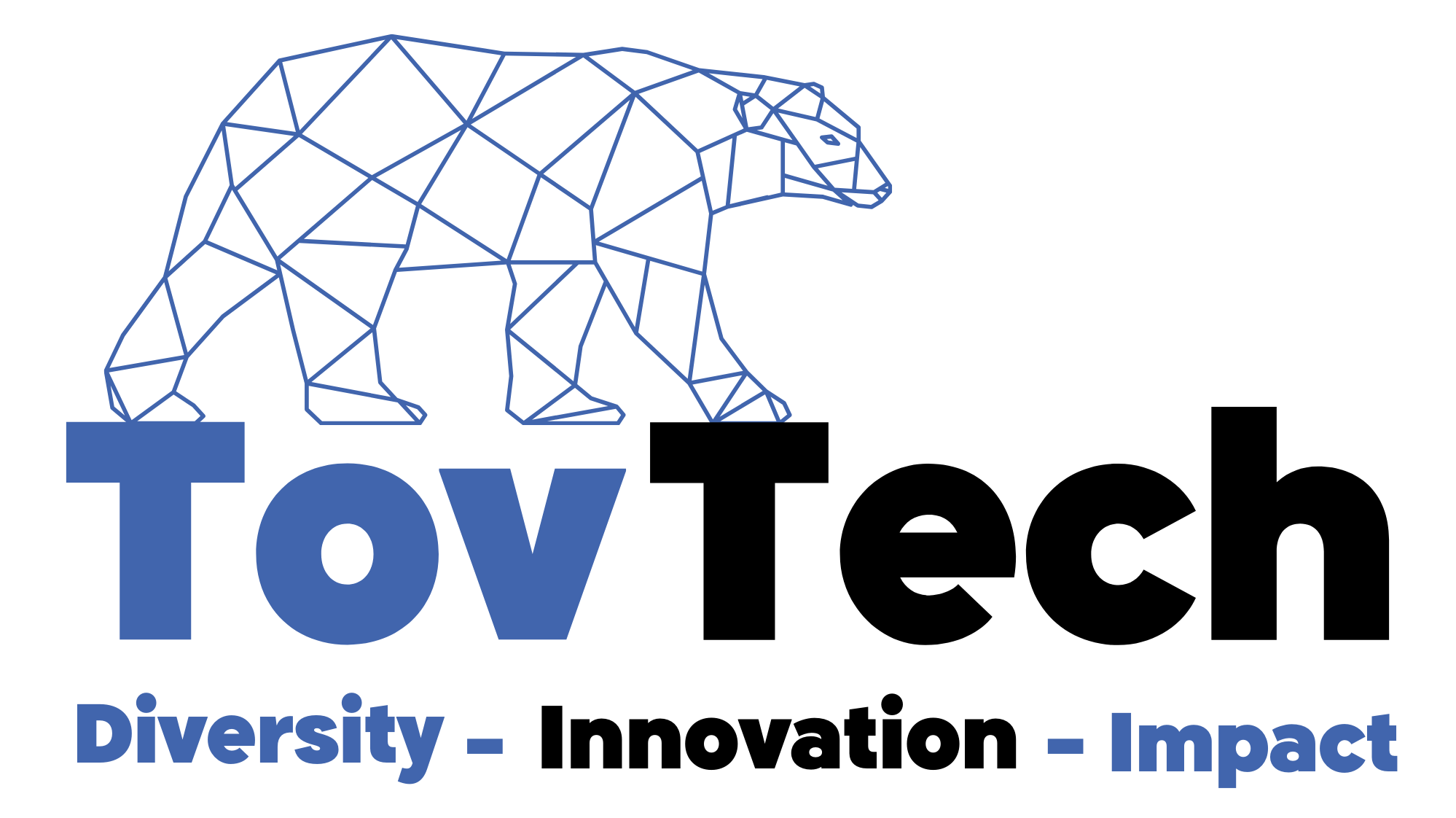7 Reasons Why a Space Station is an Amazing Scientific Marvel
Humankind has always been fascinated by space, and the development of space stations has only served to fuel our exploration even further. Space stations provide an incredible platform for scientific exploration, research and innovation. In this blog post, we will explore 7 reasons why a space station is an amazing scientific marvel.
1. Astronauts Conduct Experiments in Microgravity
One of the primary advantages of a space station is that it provides astronauts with the opportunity to conduct experiments in the microgravity environment of space. Astronauts can conduct experiments with a variety of materials, from liquids and gases to crystals and plants. This allows us to gain valuable insights into how objects and materials behave in space, which can help us in a range of applications, from space exploration to medicine.What kind of experiments are conducted on a space station?Astronauts on a space station can conduct experiments in the fields of biology, physics, chemistry and engineering. Experiments range from studying how microgravity affects the growth of plants, to how liquids and gases interact in a vacuum. Astronauts also conduct experiments that are designed to study the effects of long-term spaceflight on their health, as well as experiments to test new technologies for future space exploration.
2. Research on the Effects of Long-term Spaceflight on Astronauts
Space stations are also invaluable when it comes to researching the effects of long-term spaceflight on astronauts. Astronauts living and working on a space station are exposed to a range of conditions that are not present on Earth, such as microgravity, radiation and isolation. Studying the effects of these conditions on astronauts can help us to better understand their health and safety, as well as the conditions of deep space exploration.What kind of research is conducted on the effects of long-term spaceflight on astronauts?Researchers on a space station often conduct research on the effects of long-term spaceflight on astronauts’ physical and mental health. This research can involve studying the effects of radiation, microgravity and isolation on astronauts, as well as how they cope with the stress and monotony of long-term spaceflight. This research can help us to better understand the conditions of long-term space exploration and how to protect astronauts from the risks associated with it.
3. Testing New Technologies for Space Exploration
Space stations provide an ideal platform for testing new technologies for space exploration. Astronauts can use space stations to test a variety of new technologies, from robotic systems to communication systems. This allows us to gain valuable insights into how these technologies will perform in the harsh conditions of space.What kind of technologies can be tested on a space station?Space stations are used to test a variety of new technologies for space exploration, including robotic systems, communication systems, navigation systems and propulsion systems. Astronauts also use space stations to test new materials and technologies for space exploration, such as new space suits, space food, and protective shielding from radiation.
4. Observing Earth and Its Environment
Space stations provide us with a unique opportunity to observe Earth and its environment from space. Astronauts can use space stations to observe the changing climate of Earth, as well as the impact of human activity on our planet. This allows us to gain valuable insights into how Earth and its environment are changing over time.What kind of observations are made from a space station?From a space station, astronauts can observe the changing climate of Earth, as well as the impact of human activity on our planet. Astronauts can also observe the effects of natural disasters, such as floods, droughts and wildfires, as well as the effects of air and water pollution. This research can help us to better understand the environmental impacts of human activities, as well as how to better protect our planet.
5. Developing New Materials and Technologies
Space stations provide us with an ideal platform for developing new materials and technologies. Astronauts can use space stations to test and develop a variety of new materials and technologies, from advanced materials for space exploration to medical treatments for astronauts. This allows us to gain valuable insights into how these materials and technologies can be used to benefit humanity.What kind of materials and technologies can be developed on a space station?Space stations are used to develop a range of new materials and technologies, from advanced materials for space exploration to medical treatments for astronauts. Astronauts also use space stations to develop new technologies for communication, navigation and propulsion, as well as new technologies for monitoring Earth and its environment.
6. Collaborating with Ground Control Centers
Space stations provide us with the opportunity to collaborate with ground control centers around the world. Astronauts can use space stations to communicate with ground control centers in real-time, allowing them to collaborate on a variety of projects, from mission control to scientific research. This allows us to gain valuable insights into how space exploration can be conducted more effectively.What kind of collaborations take place between space stations and ground control centers?Space stations and ground control centers collaborate on a variety of projects, from mission control to scientific research. They can also collaborate on projects such as space debris monitoring, space weather forecasting and Earth observation. This collaboration allows us to gain valuable insights into how space exploration can be conducted more effectively.
7. Inspiring the Next Generation of Scientists and Astronauts
Finally, space stations provide us with the opportunity to inspire the next generation of scientists and astronauts. Astronauts on space stations often conduct outreach activities, such as speaking to school children and hosting live Q&A sessions. This allows us to engage and inspire the next generation of scientists and astronauts, helping to foster a new generation of space exploration.How do space stations inspire the next generation of scientists and astronauts?Space stations inspire the next generation of scientists and astronauts by engaging and inspiring them with stories and insights from astronauts. Astronauts on space stations often conduct outreach activities, such as speaking to school children and hosting live Q&A sessions. This allows us to engage and inspire the next generation of scientists and astronauts, helping to foster a new generation of space exploration.
Conclusion
Space stations are an incredible platform for scientific exploration, research and innovation. From conducting experiments in microgravity to developing new materials and technologies, space stations provide us with a unique opportunity to gain valuable insights into space exploration. They also provide us with the opportunity to collaborate with ground control centers, as well as to engage and inspire the next generation of scientists and astronauts.



